Spring is in the air! Can you feel it? This is a time of change and transformation in the natural world. March is also Women’s History month, a time set aside to commemorate, study, and celebrate the vital role of women in our shared American history.
It is an appropriate time of year from a phenology standpoint as it falls during the month when spring returns and the female deity that we call Mother Earth becomes fertile and overflowing with life once again.
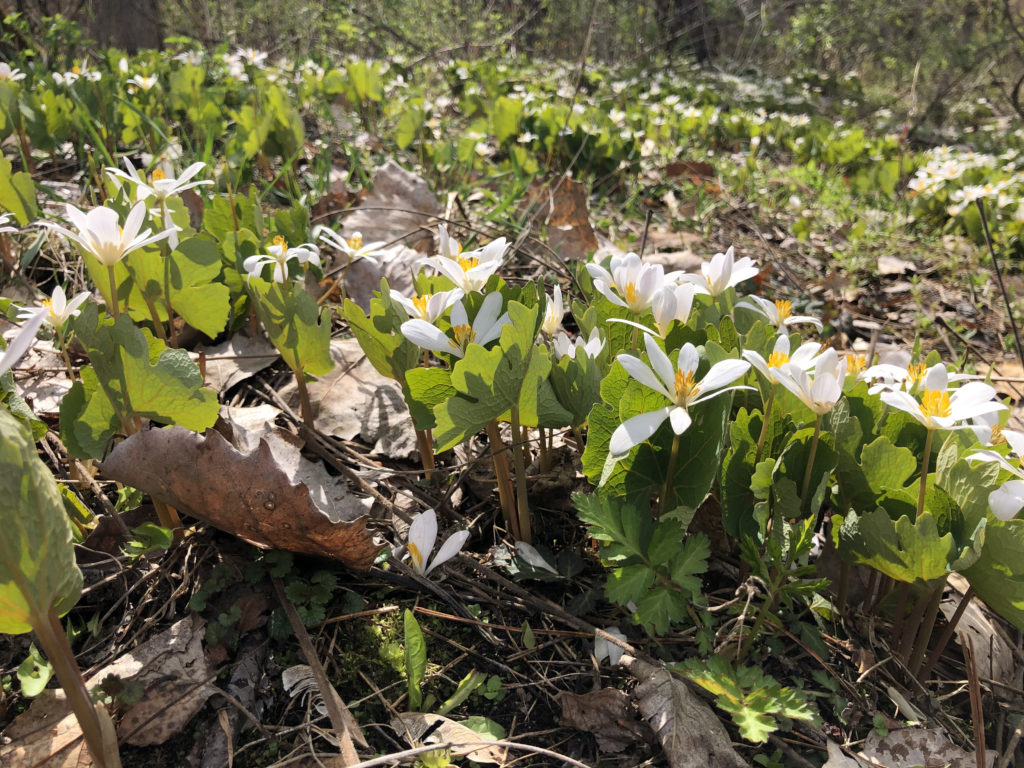
As we near the spring equinox on March 20, the sun is higher in the sky, the daylight is getting longer, and our dear Mother Earth is waking up from her long winter sleep. We are preparing to welcome the season of spring and say goodby to the arduous winter that is now past.
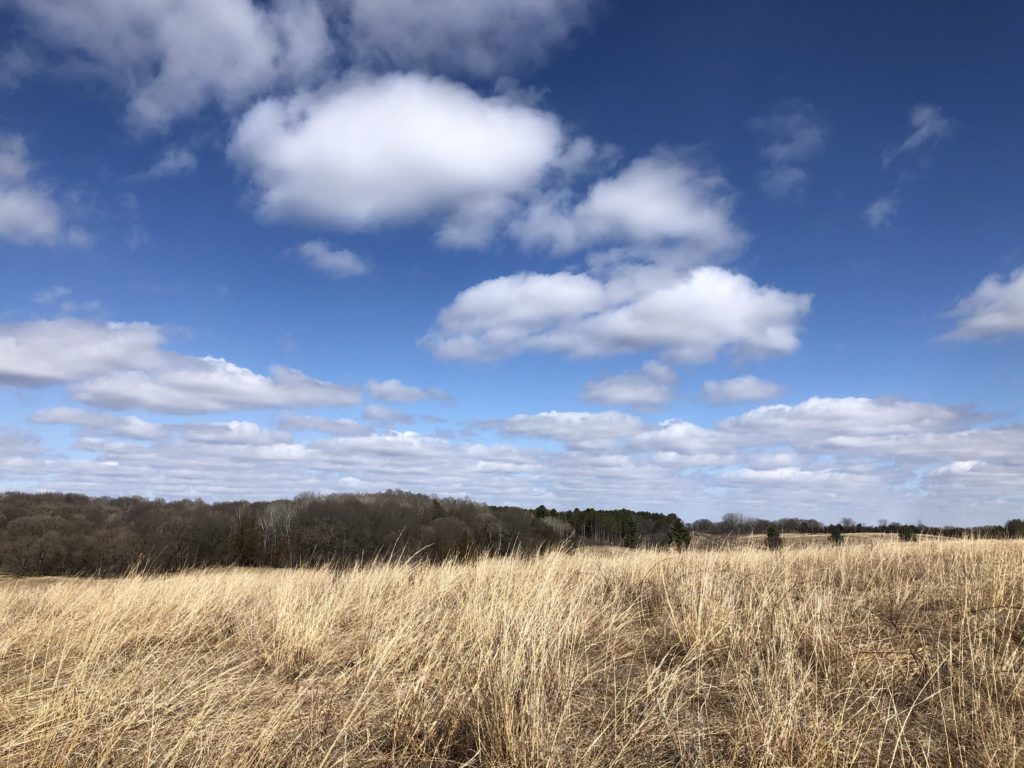
As the ice begins to melt around the edges of ponds, small aquatic insects can be seen swimming around. Footprints of deer, coyote and other animals are at the water’s edge, as the animals are able to find a drink of water with greater ease.
March is the time for migratory birds such as robins, red-winged blackbirds, and sandhill cranes to return to their nesting grounds. As the water opens up in ponds, lakes, and rivers, waterfowl begin to make their way north. Tom turkeys are gobbling and strutting for the hens, showing dominance and superiority for breeding. Chipmunks are emerging from winter quarters under logs. Our beloved loons are making their way north to once again bring us those haunting calls of the north woods.

Past, present and future
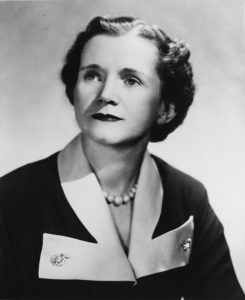
Having come of age during the environmental decade (1970-1980), my studies were peppered with the writings of Henry David Thoreau, John Muir, Aldo Leopold, Edward Abbey, Wendell Berry and other smart, white, educated men. The only woman who made the study list of notable conservation persons was Rachel Carson. In her book, Silent Spring, Carson alerted us all to the idea that heedless and wanton use of synthetic pesticides could and would cause irreparable harm to the entire web of life.
There are many notable women in conservation history – just look at the following list! While many women’s voices are lost to the past, many more women’s voices are emerging every day.
Harriet Tubman – Her skills as a naturalist proved pivotal in moving people to freedom in the mid 1800s and March 10, 2022, marks Tubman’s 200th birthday. She used the calls of owls to signal if it was safe to travel, knew which plants were safe to eat and use for medicines, and also was an amateur astronomer who looked to the stars for guidance.
Susan Fennimore Cooper – Daughter of author James Fennimore Cooper, she was an early nature observer. In 1854 she wrote and illustrated a small volume entitled Rural Hours, which has been touted as the first synoptic nature book written in North America. In it, Fennimore Cooper made an explicit call for forest preservation. The book is notable as it was written four years before Thoreau’s Walden.
Maria Martin – An artist and beginning botanist in the 1830s, mentored by her dear friend and later husband, John Bachman. Martin painted many plant backgrounds for J. J. Audubon’s The Birds of America volumes 2 and 4, including the Bachman’s warbler and evening and black headed grosbeak.
Harriet Hemenway and Minna B. Hall – These women lived during the Gilded Age (1870-1900) when it was fashionable for women to wear hats decorated with feathers. These plumes (feathers) came from all species of birds including small hummingbirds and elegant herons. Hemenway and Hall held tea parties for Boston’s wealthy women and encouraged them to not wear feathered hats and instead join a society for the protection of birds. This paved the way for the creation of the Massachusetts Audubon Society.
Margaret “Mardy” Murie – Often considered the “grandmother of the conservation movement,” Murie tirelessly advocated for the protection of wilderness areas including Alaska’s Arctic National Wildlife Refuge. She helped in the passage of the Wilderness Act and received the Presidential Medal of Freedom in 1998. Bruce Hamilton, Director of the Sierra Club at the time of her death, said, “Her life was devoted to giving voice to the wild places and creatures that have no voice in the political process. No one embodied the spirit of wild America more than Mardy Murie.”
Mari Copeny – Copeny is a 14-year-old known as “Little Miss Flint.” It was her letter to then-President Obama, telling him of the water crisis in Flint, Mich., that prompted him to visit and see the water crisis for himself. This resulted in the approval of $100 million dollars in relief for the city of Flint.

Deb Haaland – The current U.S. Secretary of the Interior is an enrolled member of the Laguna Pueblo and identifies as a 35th-generation New Mexican. In her role, Deb manages the use of public lands, prevents exploitation of natural resources, maintains national parks and national monuments, and implements other various forms of environmental protection.
Reflections
During this month of Women’s History, give thanks for the women all over the world who, in small and large ways, have taken care of the wildness of Mother Earth.
I also invite you to take a moment to remember the value of the natural world, not only to our physical bodies but to our spirits and hearts as well. It is the natural world, our Mother Earth, that provides us with everything we need to survive. She provides all the materials that shelter us from the weather. Her creatures bring us joy and inspiration, her waters quench our thirst, her soils nourish our bones. The wildness of nature lives inside each of us.
There is much to celebrate this month!
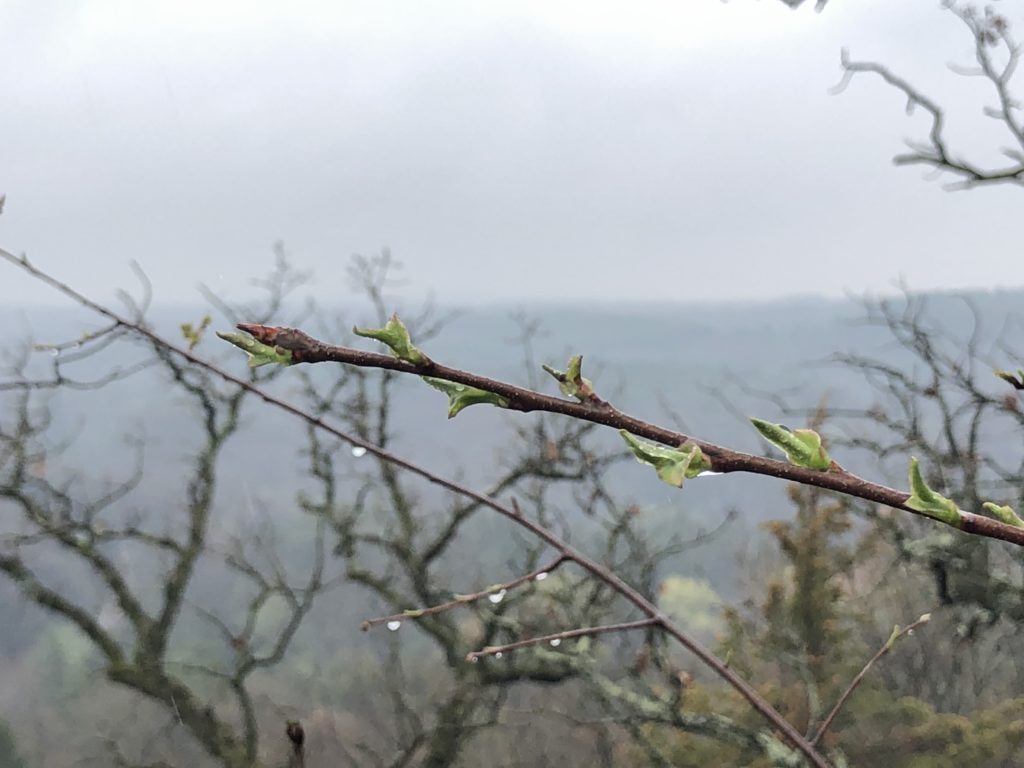
If your interest is piqued, here are additional resources to help you learn more:
“American Women Afield” by Marcia Myers Bonta
“She’s Wearing a Dead Bird on Her Head!” by Kathryn Lasky
The Outdoor Woman’s Reading List
“Celebrating Women Environmentalists During Women’s History Month”
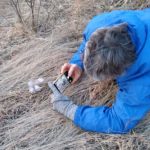
Attend an upcoming event with Lynette as your guide! Visit our events page for more information.